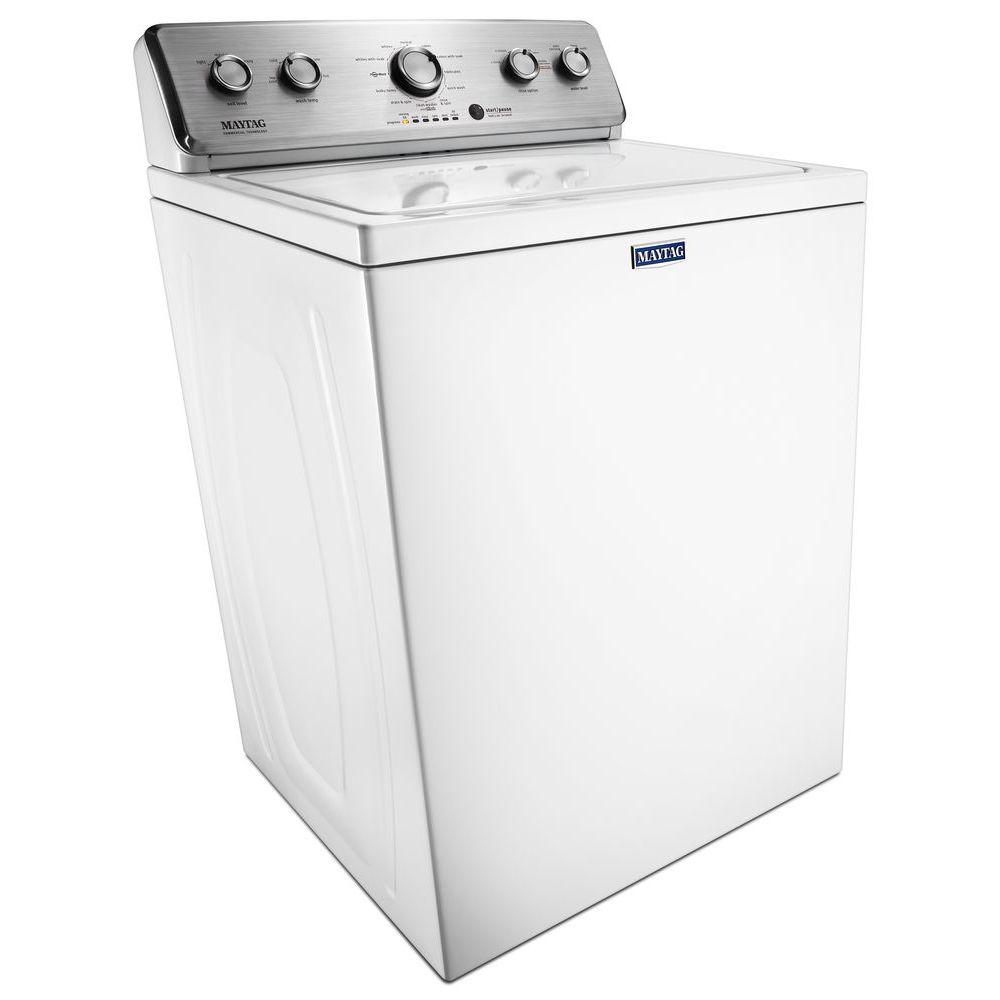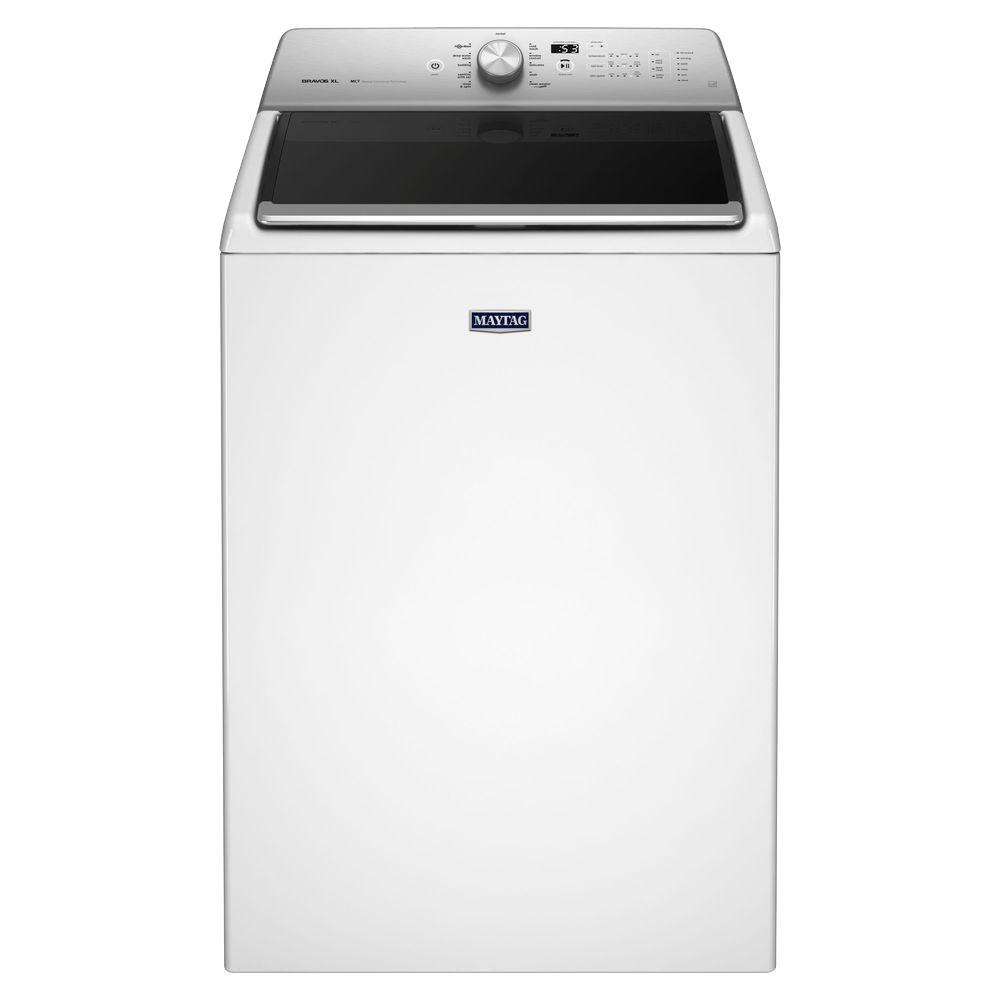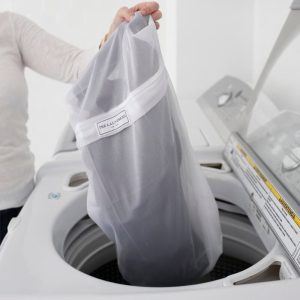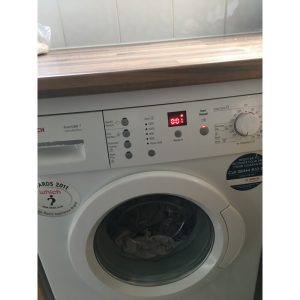The Most Common Problems on a Maytag Washing Machine
Maytag washing machines are known for their reliability and durability. However, like any other appliance, they are not immune to problems. Over time, you may encounter a variety of issues that can disrupt the functionality of your washing machine. Understanding these common problems can help you troubleshoot and potentially fix them yourself, or at least communicate more effectively with a repair technician. Ready to unveil the mystery of washing machine woes? Let’s dive into what are the most common problems on a Maytag washing machine and how to address them.
Machine Not Starting
A washing machine that won’t start can be incredibly frustrating.
Power Issues
First, ensure that the washing machine is properly plugged into a functional electrical outlet. Check the circuit breaker to see if it has tripped. If the outlet, cord, and breaker are all in working order, the issue might be within the machine itself.
Door Lock Problems
Most modern Maytag washing machines come with a door lock mechanism that prevents the machine from starting if the door is not securely closed. Inspect the door lock to make sure it is engaging correctly. If it appears damaged, you might need to replace the door lock assembly.
Control Board Malfunctions
If the machine does not respond even after ensuring power and door locks are secure, the problem might lie with the electronic control board. A malfunctioning control board may require professional diagnosis and repair.
Water Not Filling
When your washing machine fails to fill with water, the culprit can be several things.
Water Supply Issues
Make sure the water supply valves are fully open. Sometimes, sediment and debris can clog the inlet screens, restricting water flow. Cleaning them might resolve the issue.
Faulty Water Inlet Valve
The water inlet valve, responsible for filling the washer, might be defective. If the valve is not opening and closing correctly, it will need to be replaced.
Pressure Switch Problems
The pressure switch monitors water levels inside the machine. A malfunctioning pressure switch may misread water levels, thereby preventing the machine from filling. Testing the switch with a multimeter can confirm if it’s the issue.
Water Not Draining
Water not draining properly can lead to additional problems like mildew and foul smells.
Clogged Drain Hose
One of the most common causes of draining issues is a clogged drain hose. Inspect the hose for kinks and blockages. Clearing any obstructions should restore proper drainage.
Blocked Pump Filter
Over time, the pump filter can accumulate debris, which restricts water flow. Removing and cleaning the pump filter can often solve the problem.
Defective Drain Pump
If the hose and filter are clear, the problem might lie with the drain pump. A defective pump won’t remove water efficiently and might need to be replaced.
Washer Not Spinning
If your washer stops spinning, it severely hampers your laundry process.
Unbalanced Load
Unevenly distributed laundry can prevent the washer from spinning correctly. Redistributing the clothes might solve this issue immediately.
Worn Drive Belt
The drive belt is crucial for spinning. A worn or broken belt will hinder the washer’s ability to spin. Inspect and replace the belt if necessary.
Motor Issues
A failing motor can also be the root of the spinning issue. If you hear strange noises during the spin cycle, it could indicate motor problems. This might require professional repair or replacement.
Washer Leaking Water
Leaking water can cause extensive damage to your home if not addressed promptly.
Damaged Door Seal
A damaged or worn-out door seal can cause water to leak from the front of the machine. Inspect the seal for any signs of wear and tear and replace it if necessary.
Loose Hoses
Check all the hoses connected to your washing machine. Loose or damaged hoses can cause leaks. Tightening the hose connections or replacing faulty hoses should resolve the problem.
Cracked Tub
In rare instances, a cracked tub could be the source of the leak. If you suspect a tub problem, a professional inspection is advised as replacing the tub is quite complex.
Machine Making Unusual Noises
Unusual noises can indicate various underlying problems in your washing machine.
Loose Drum Bearings
Loose or worn-out drum bearings can cause loud noises during the wash cycle. Replacing the bearings might be necessary to eliminate the noise.
Foreign Objects
Sometimes, foreign objects like coins, buttons, or small items can get stuck inside the drum or pump, causing noise. Inspect the drum and pump area to remove any such objects.
Worn Motor Coupling
A worn-out motor coupling can make grinding or rattling noises. Replacing the motor coupling often fixes this issue.
Washer Smells Bad
Persistent bad smells coming from your washing machine can be unpleasant and may affect your laundry.
Mold and Mildew Build-up
Mold and mildew thrive in damp environments, which can cause bad odors. Running an empty wash cycle with a specialized cleaner or white vinegar and baking soda can help remove the buildup.
Dirty Dispenser Drawer
Residue from detergents and fabric softeners can accumulate in the dispenser drawer, leading to bad smells. Regularly cleaning the dispenser can prevent this issue.
Poor Ventilation
Ensure that the washing machine is in a well-ventilated area. Allowing the door to remain open after wash cycles can help air out the drum and prevent mold growth.
Inconsistent Water Temperature
Inconsistent water temperature can affect the efficiency of your laundry cycles.
Faulty Temperature Control Switch
The temperature control switch regulates the water temperature. A malfunctioning switch can cause temperature inconsistencies, and it might need to be replaced.
Issues with Inlet Valve
If the inlet valve is not mixing hot and cold water correctly, the temperature might fluctuate. Replacing a faulty inlet valve can solve this problem.
Thermistor Problems
The thermistor monitors water temperature inside the washing machine. A defective thermistor might misread temperatures, causing irregular water temperatures. Testing it with a multimeter can confirm if it needs replacing.
Excessive Vibration
Excessive vibration can be disruptive and can lead to other damages if not addressed.
Leveling the Machine
Ensure that your washing machine is level. Use a spirit level to check, and adjust the feet of the machine as necessary to ensure it is sitting evenly on the floor.
Worn Shock Absorbers
The shock absorbers help mitigate the vibrations of the spinning drum. If they are worn out, the machine may vibrate excessively. Replacing them can reduce vibration.
Damaged Suspension Springs
Suspension springs help in balancing the drum. Damaged or broken springs can cause excessive vibrating. Inspect and replace any faulty springs if needed.
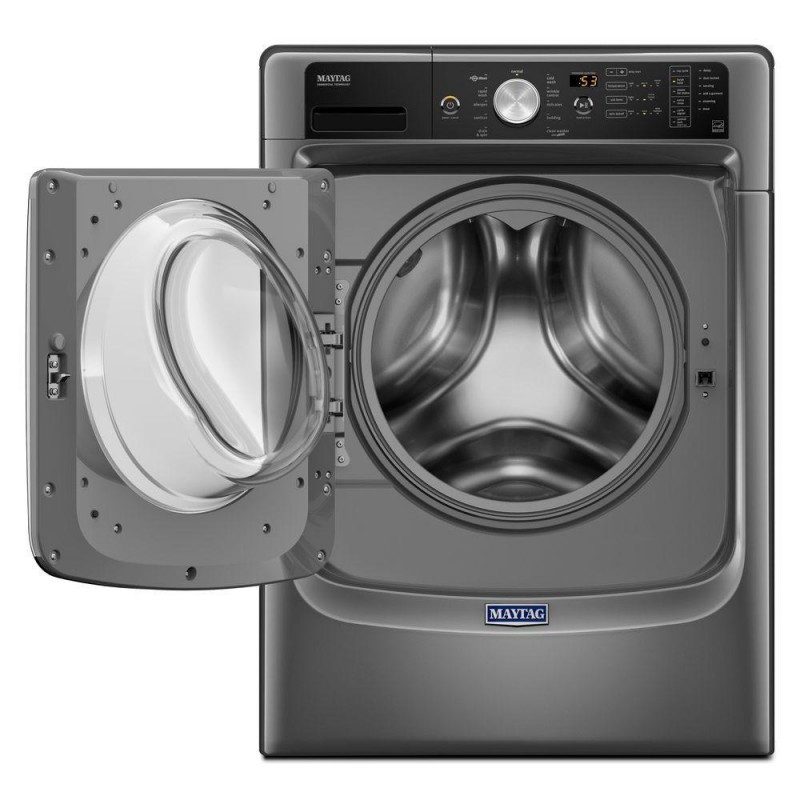 Washer Overfilling
Washer Overfilling
Overfilling can lead to water spilling over and creating a mess.
Malfunctioning Water Inlet Valve
If the water inlet valve sticks open, it can cause the washer to overfill. Replacing the valve should fix this issue.
Faulty Pressure Switch
The pressure switch regulates the water level in the machine. A malfunctioning switch might not signal the machine to stop filling, resulting in overfilling. Testing and replacing the switch can solve this problem.
Blocked Pressure Hose
The pressure hose connects the drum to the pressure switch. If it is blocked or kinked, the pressure readings may be inaccurate, causing overfilling. Clearing any obstructions in the hose is a quick fix.
Washer Not Agitating
Agitation is crucial for cleaning your clothes effectively.
Broken Agitator
The agitator moves the clothes through the water and detergent. If it is broken, the machine won’t agitate properly. Inspecting and replacing the agitator if necessary can resolve the issue.
Faulty Drive Block
The drive block connects the agitator to the motor shaft. If it is faulty, the agitator won’t function correctly. A worn drive block should be replaced to restore proper agitation.
Motor Issues
If the motor is malfunctioning, the agitator won’t receive the power required to function. Professional repair might be necessary to fix motor-related issues.
Conclusion: Addressing Common Maytag Washing Machine Problems
While Maytag washing machines are generally reliable, they are not without their problems. By understanding what are the most common problems on a Maytag washing machine and knowing how to address them, you can extend the life of your appliance and ensure it runs efficiently. From issues with starting, filling, and draining, to problems with spinning, leaking, and making unusual noises, the solutions often range from simple fixes to more complex repairs. Whether you choose to troubleshoot the issues yourself or seek professional help, timely action can prevent minor problems from turning into major headaches.
